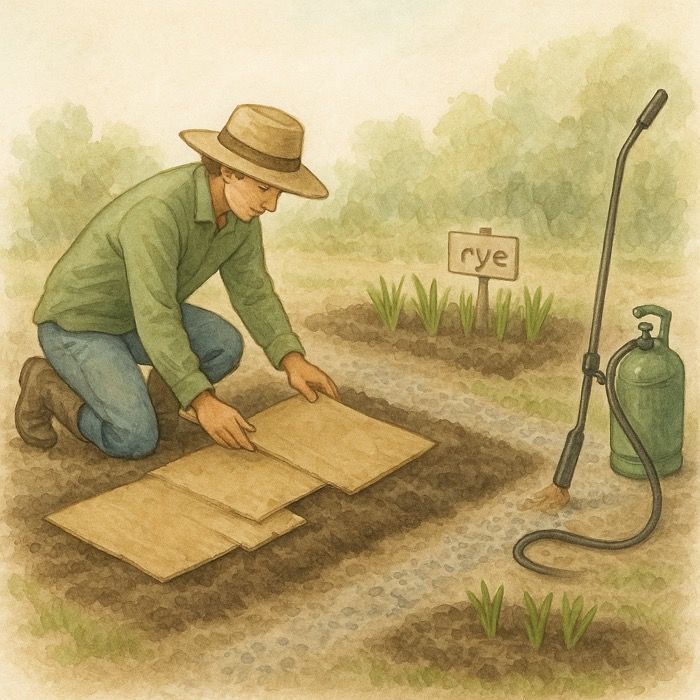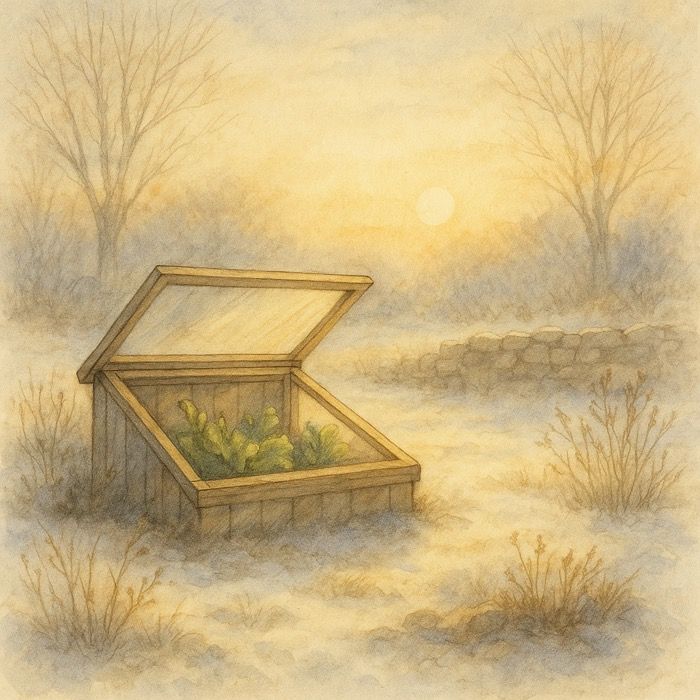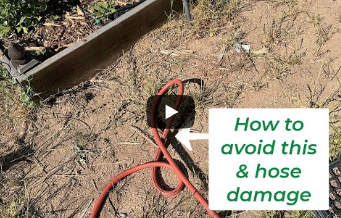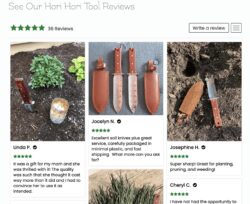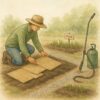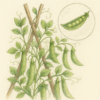🌿 Lavender FAQs – Answers to the Most Common (and Surprising) Questions
Lavender Blog Series – Part 6: From Root to Bloom
Even seasoned gardeners have questions about lavender. From pruning confusion to unexpected uses, lavender’s timeless charm is matched only by its quirks. In Part 6 of our Lavender Blog Series, we’ve gathered the most frequently asked questions—plus a few you might not have thought to ask.
Whether you grow one plant or a whole row, these answers will help you care for your lavender like a pro.
❓ What’s the difference between English, French, Spanish, and Lavandin lavender?
English lavender (L. angustifolia) is sweetly fragrant and great for culinary use.
French lavender (L. dentata) has soft, toothed leaves and blooms nearly year-round in warm climates.
Spanish lavender (L. stoechas) features “bunny ear” bracts and a stronger scent.
Lavandin (L. × intermedia) is a hybrid—tall, fragrant, and high in oil content, but too bitter for cooking.
👉 See Part 2 for the full breakdown.
🌱 When is the best time to plant lavender?
Spring is ideal—after the last frost.
Fall planting works in mild climates but avoid heavy winter rains.
Avoid planting during peak summer heat or when soil is soggy.
🌞 How much sun does lavender need?
Lavender needs at least 6–8 hours of full sun per day. More sun = more blooms and stronger fragrance.
💧 How often should I water lavender?
New plants: Water deeply once or twice a week until established.
Established plants: Water every 2–3 weeks—or less if there’s rainfall.
Too much water = root rot. Let the soil dry out between waterings.
✂️ Can I cut lavender back hard?
No—never cut into the woody base. Lavender doesn’t regenerate well from old wood.
In spring: prune about 1/3 of green growth.
After blooming: shear back spent flowers to encourage a second flush.
👉 Detailed pruning tips in Part 3 and 4.
🌾 When should I harvest lavender?
When the buds are fully formed but not fully open
For drying: earlier = better color retention
For oils or fresh arrangements: just as first few buds open
🌬 Why hang lavender upside down to dry?
Keeps stems straight
Helps essential oils settle into buds
Prevents mold and uneven drying
👉 Full drying guide in Part 4.
🧺 What can I do with dried lavender?
Make sachets, sprays, and bath soaks
Infuse oils, honey, or sugar
Repel pests in drawers and gardens
Start a fire with dry stems!
👉 Explore all uses in Part 5.
🐛 Does lavender really repel pests?
Yes! Lavender naturally deters:
Moths
Mosquitoes
Aphids
Whiteflies
Silverfish
It’s useful both indoors and as a companion plant in the garden.
🍽 Is lavender edible?
Yes—but only English lavender or other low-camphor culinary varieties.
Use dried buds sparingly in cookies, teas, or infused sugar.
Avoid lavandin and Spanish lavender for food—they’re too bitter.
🌸 Why isn’t my lavender blooming?
Common causes:
Not enough sun
Overwatering or poor drainage
Over-fertilizing (lavender likes lean soil)
Improper pruning or old woody growth
💡 Master Gardener Tip: Move it to a sunnier spot and hold off on compost or fertilizer. You want tough, happy roots—not lush, leafy growth.
🌿 How long does a lavender plant live?
With good care: 5 to 10 years, sometimes more.
Regular light pruning helps extend its lifespan and prevent woody dieback.
🔁 Can I propagate my lavender?
Yes! Lavender can be propagated from:
Softwood cuttings in spring
Semi-hardwood cuttings in late summer
Rooting in water is tricky—use moist soil or sand for best results.
👉 Would you like a full propagation guide? Let us know!
🌼 Conclusion
Still have questions about lavender? Chances are, so does every gardener on your block. Lavender is low-maintenance—but it’s not no-maintenance. With the right guidance and a little observation, this plant will thrive and reward you year after year.
More From Our Master Gardener
Recent Posts

❄️ Snow as Fertilizer – The Truth About “Poor Man’s Nitrogen”

5 Unexpected Winter Weed Control Strategies (That Don’t Involve Mulch)

Harnessing Winter Sun – Passive Solar Tricks for Your Garden

How to Grow Spinach – The Ultimate Beginner’s Guide for Tender, Nutritious Leaves

How to Grow Peas: The Ultimate Beginner’s Guide for Sweet, Crisp Harvests



